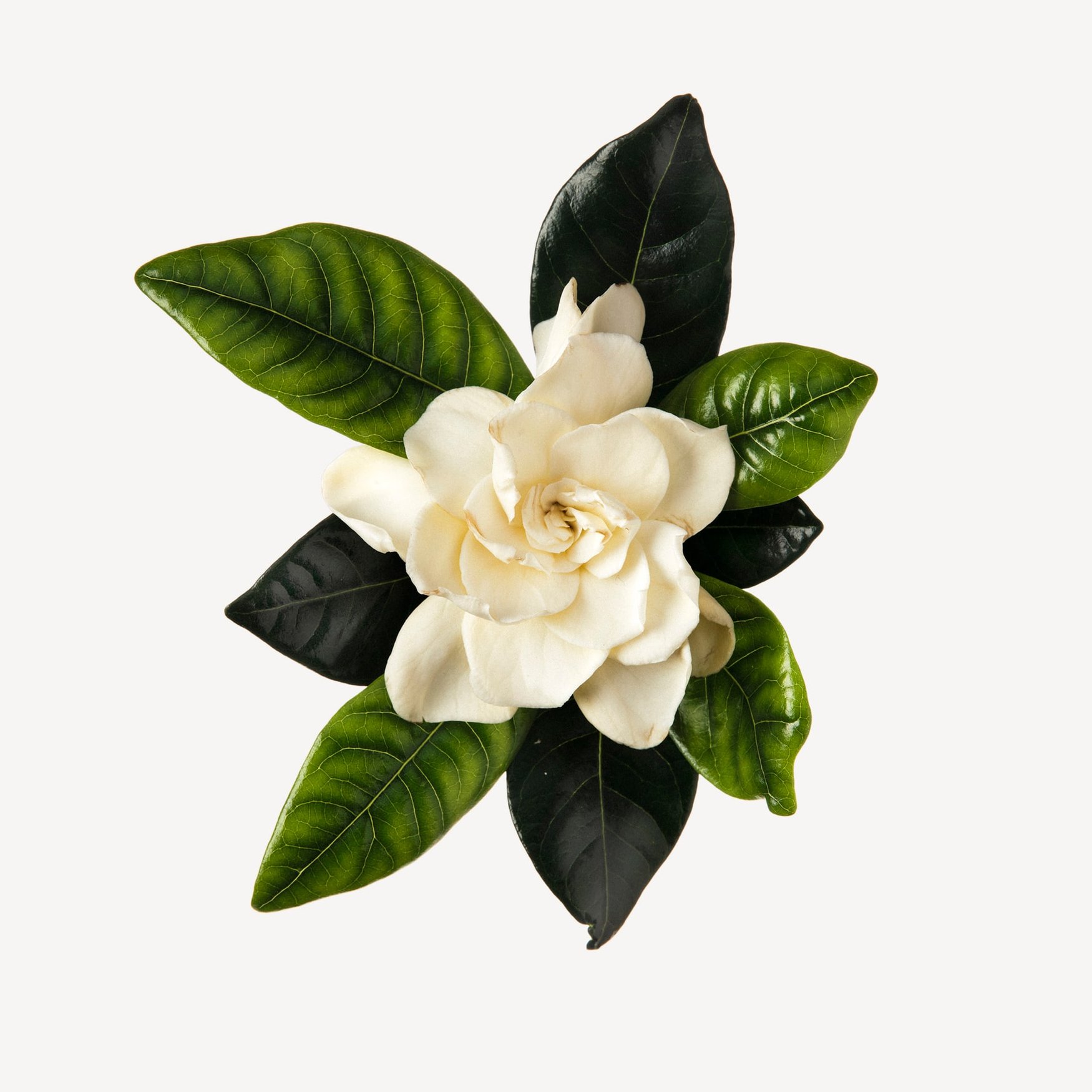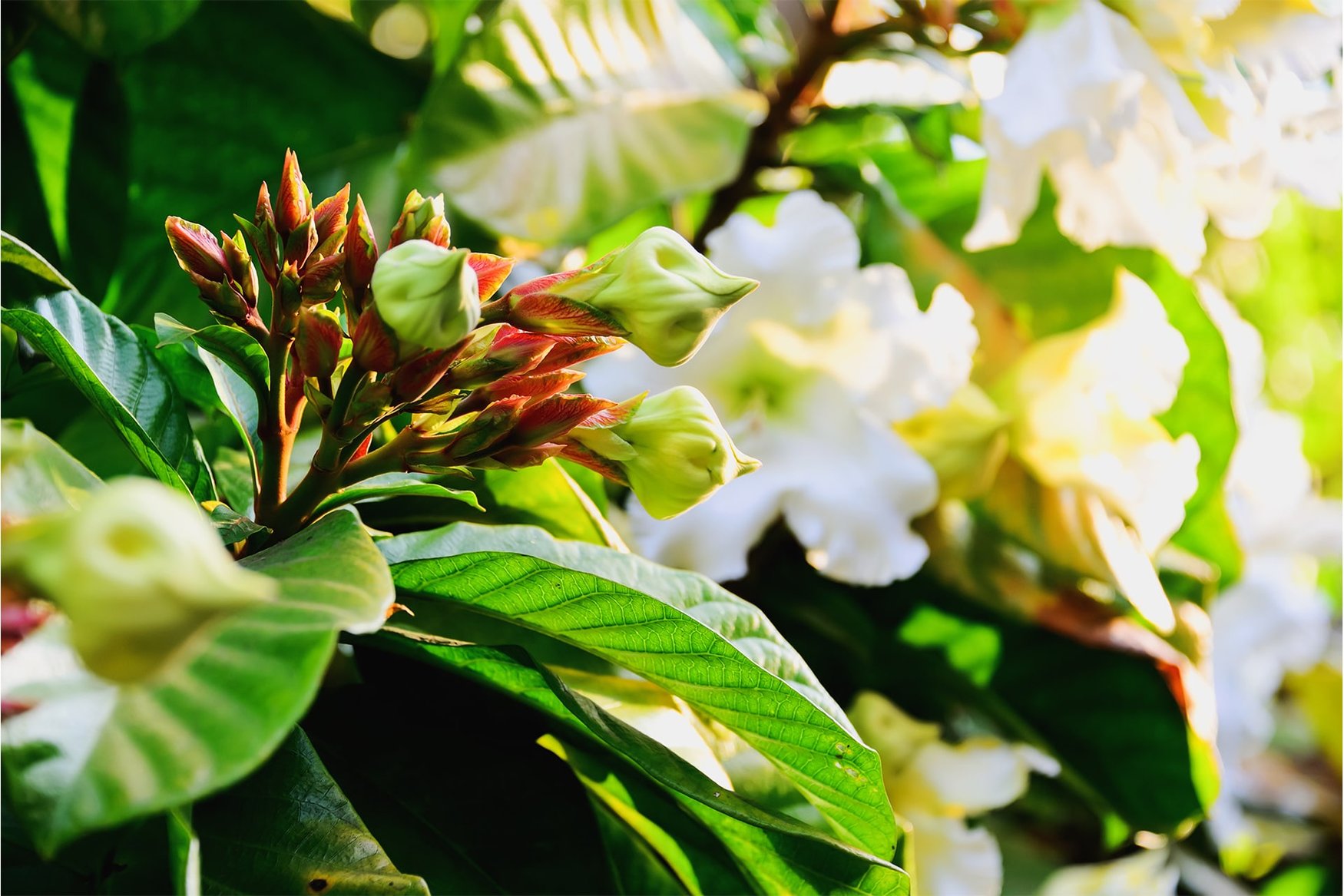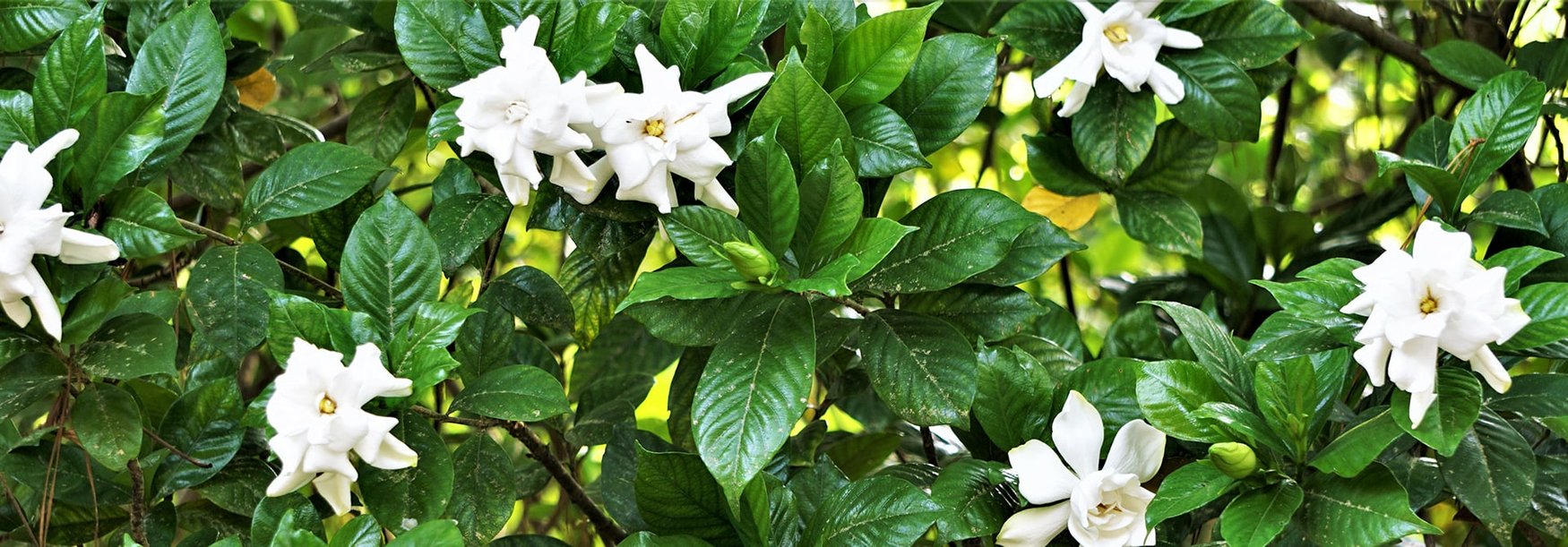Gardenia
White flowers, opulent, green, tuberose, metallic.
An intoxicatingly sultry fragrance of delicate, floral proportions—gardenia balances between alluringly sensual qualities and rather floaty, soft and whimsical facets. The milky white petals of gardenia flowers match its creamy, sweet essence. A woody and deeply floral fragrance found in high-end feminine fragrances, and typically used as a middle note in floral bouquets.
Data sheet
- Type
- Reproduction accord



